A Dock-Landing Ship
As Japan prepares to defend its remote islands from China, one serious concern is the lack of maritime transport capacity.
In an event of island defense, swift reaction is anticipated to be taken by the 1st Airborne Brigade and the Amphibious Rapid Deployment Brigade (ARDB), but sending in large numbers of personnel and equipment will inevitably rely on maritime transport.
If such situation were to occur, the main task would be up to three “Osumi-class” landing ships.
- General Overview
| Displacement | 8,900 tons (standard) |
| Length | 178m (584ft) |
| Beam | 25.8m (84.6ft) |
| Crew | 135 people |
| Speed | 22 knots (41km/h, 25.5mph) |
| Armament | 20mm CIWS×2 |
| Capacity | 330 personnel 30〜40 vehicles LCAC landing craft×2 |
| Unit Cost | 400 million USD |
Before the “Osumi-class” landing ships, the Japanese Maritime Self-Defense Force (JMSDF) only possessed several 2,000-ton class low-speed transports, though they had yearned for a larger, high-speed vessel for quite a long period.
This desire was granted in the 1990s, after the Japanese government recognized the need for such ships capable of overseas deployment upon the first UN peacekeeping operations.
Unlike the previous JMSDF transport ships, which were designed to beach directly on the shore, the Osumi-class was designed to utilize hovercraft boats (LCACs) and transport helicopters for amphibious operations.
In particular, the LCAC features a remarkable top speed of 92 km/h or 57mph, enabling them to swiftly transport one main battle tank or up to four large vehicles directly to the beach.
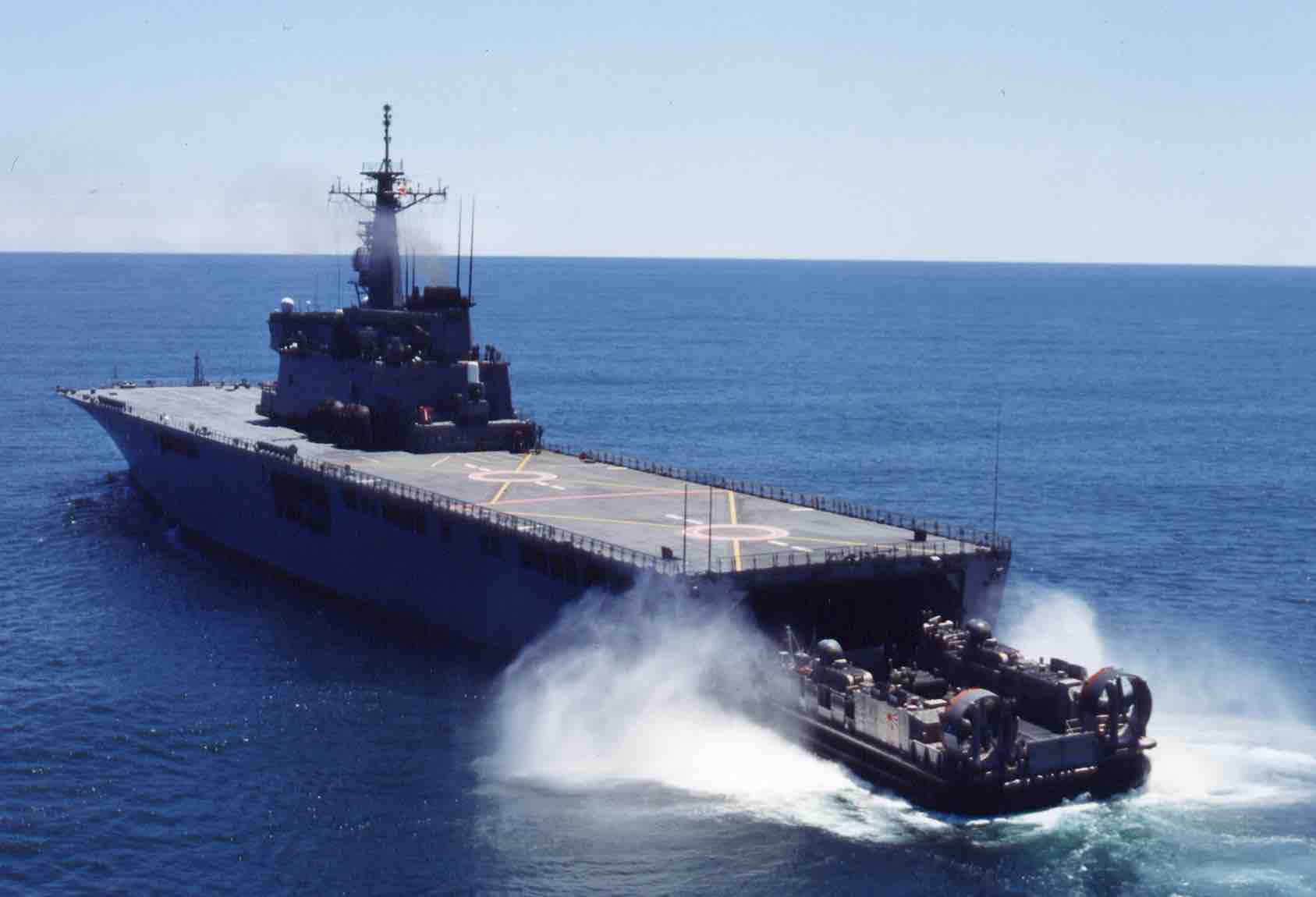 LCAC boat launching from the Osumi-class (photo: JMSDF)
LCAC boat launching from the Osumi-class (photo: JMSDF)
As for overall capabilities, each of the Osumi-class can accommodate 330 soldiers while carrying up to 65 trucks or 18 tanks. With the three Osumi-class vessels combined, JMSDF has the ability to transport one regiment.
Moreover, being the first JMSDF vessel to adopt a flight deck, it is able to operate large helicopters like the CH-47, and recent modifications have enabled the use of V-22 Ospreys as well.
That being said, aircraft hangars and maintenance facilities are absent from the ship, making aviation operations extremely difficult compared to amphibious assault ships.
Despite these limited aviation capabilities, the Osumi-class were initially criticized by the leftist activists as being light aircraft carriers or amphibious assault ships.
But, given the lack of hangar facilities and the elevators incapable of carrying aircrafts, the Osumi-class is unable to operate any fixed-wing aircraft.
Therefore, the Osumi-class classified as neither an aircraft carrier nor an amphibious assault ship, but rather a dock landing ship (LSD).
Used For Disaster Relief
Being superior in almost every aspect compared to the previous JMSDF transports, the Osumi-class has been frequently deployed for disaster relief missions both in and outside of Japan.
The transport will utilize its large cranes and side ramp doors to swiftly unload any vehicles or supplies for disaster relief, but if the ports are inaccessible due to damage, LCAC boats will land directly on beaches while the helicopters conduct airlifts.
Interestingly, the transport is also equipped with a surgical room, two intensive care units (ICUs), and six hospital beds, making it possible to function as a small hospital ship.
Depending on the situation, field hospitals and bathing facilities can be set up on the deck and in the vehicle space. Since it can temporarily accommodate up to 1,000 refugees, the Osumi-class has played a pivotal role as an offshore base alongside the “Izumo-class” and “Hyuga-class” helicopter carriers.
Paving The Way For Future Ships
While the Osumi-class boosted Japan’s maritime transport capacity, it has also cultivated JMSDF’s ability for amphibious operations.
Although it is not an amphibious assault ship, the ship has served as a training vessel for JMSDF to explore future possibilities. To prove such accomplishment, the JMSDF is currently planning on developing a multi-purpose vessel aimed at island defense, which will essentially become Japan’s first amphibious assault ship regardless of its official classification.
If this new plan is realized, it would certainly be groundbreaking for postwar Japan, but such venture would not have been possible in the first place if not for the Osumi-class.
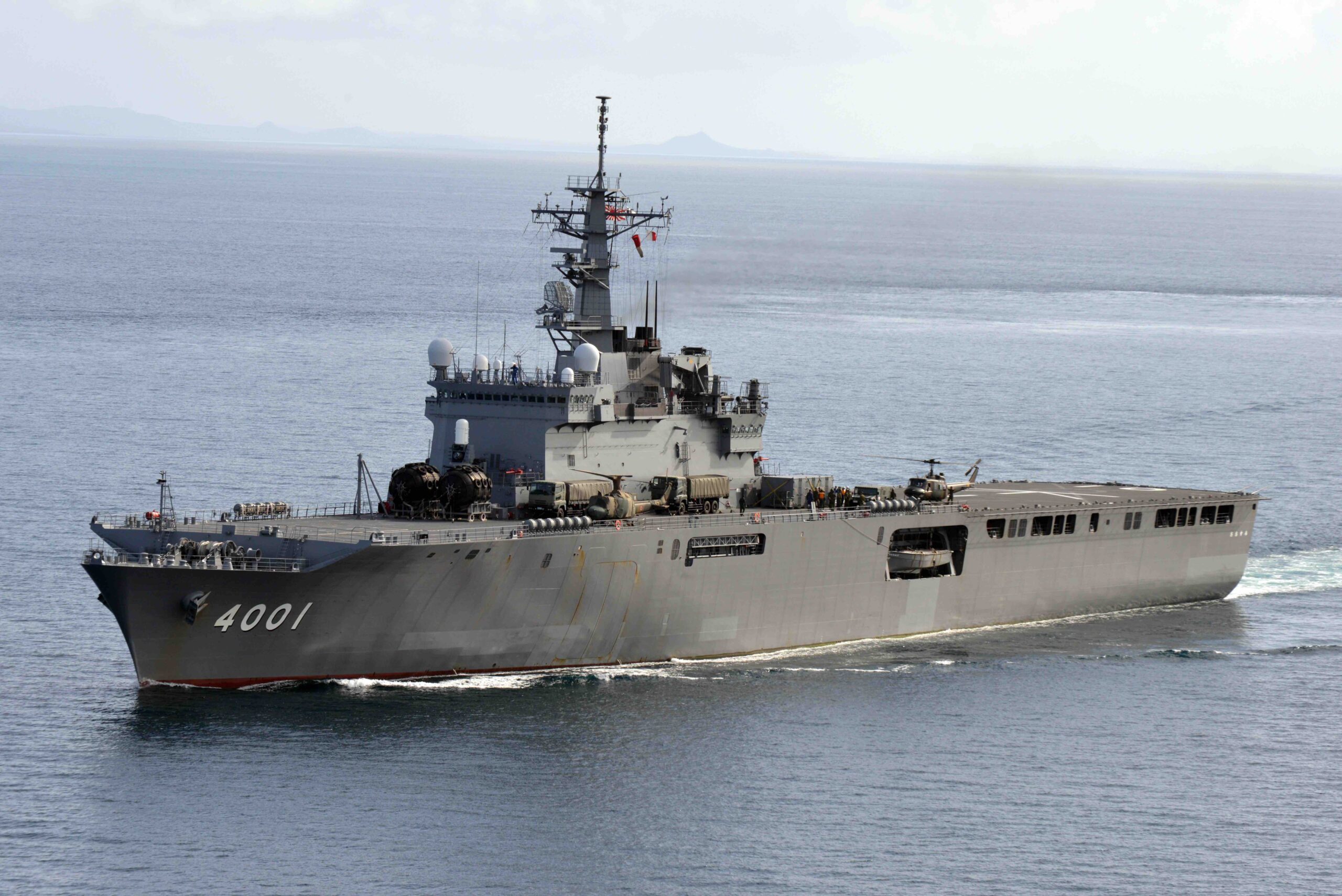 Paved the way for future vessels (photo: JMSDF)
Paved the way for future vessels (photo: JMSDF)
The same can be said regarding the Hyuga-class and Izumo-class carriers.
Because the Osumi-class served as a trial balloon for testing domestic and foreign reactions, JMSDF could finally move on to building de-facto carriers.
Of course, this was largely attributed to the public awareness towards China’s military expansion, but the Osumi-class fulfilled its role in making the Japanese public getting incrementally accustomed to carrier-type vessels.
In this way, the Osumi-class was not only significant for its transport capability, but also in making the acquisition of aircraft carriers politically viable.
Inevitable Retirement
The three Osumi-class vessels continue to serve as the backbone of JMSDF’s transport fleet, but the ships have already exceeded their twentieth anniversary.
Adding to this aging aspect, the Osumi-class was not originally designed for island defense purposes which is what Japan puts emphasis the most right now.
It was intended to send reinforcements to Hokkaido during a time when a Soviet invasion in the north was the prominent threat, and was mostly based on JMSDF’s single effort since the Ground Self-Defense Force (JGSDF) showed little interest in the project itself.
This is why JMSDF is planning the aforementioned multi-purpose vessel, but the plan must involve the JGSDF from the start if it is to be effective in island defense.

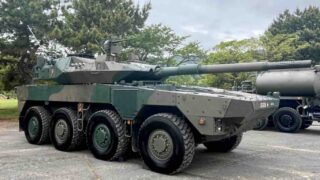
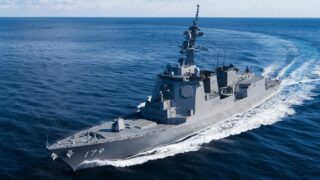
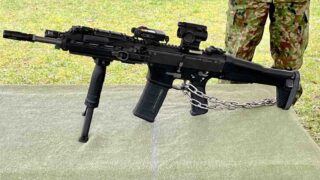


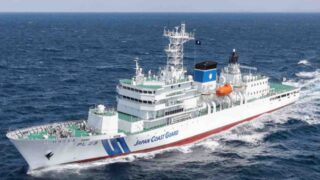
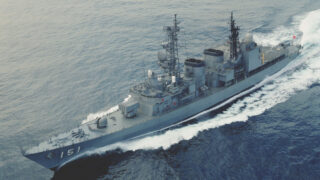

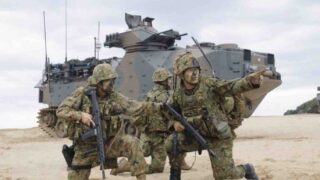

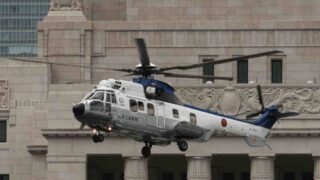
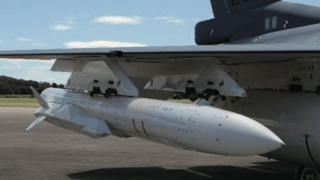
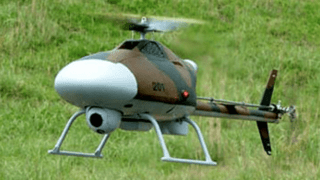
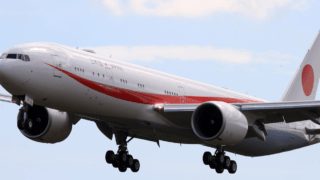

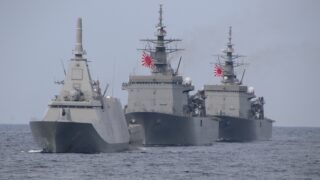
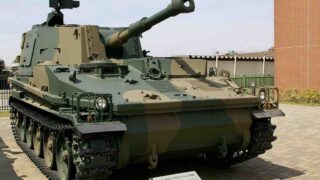
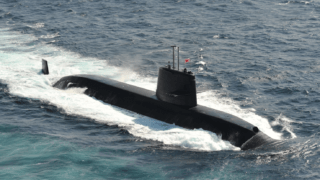
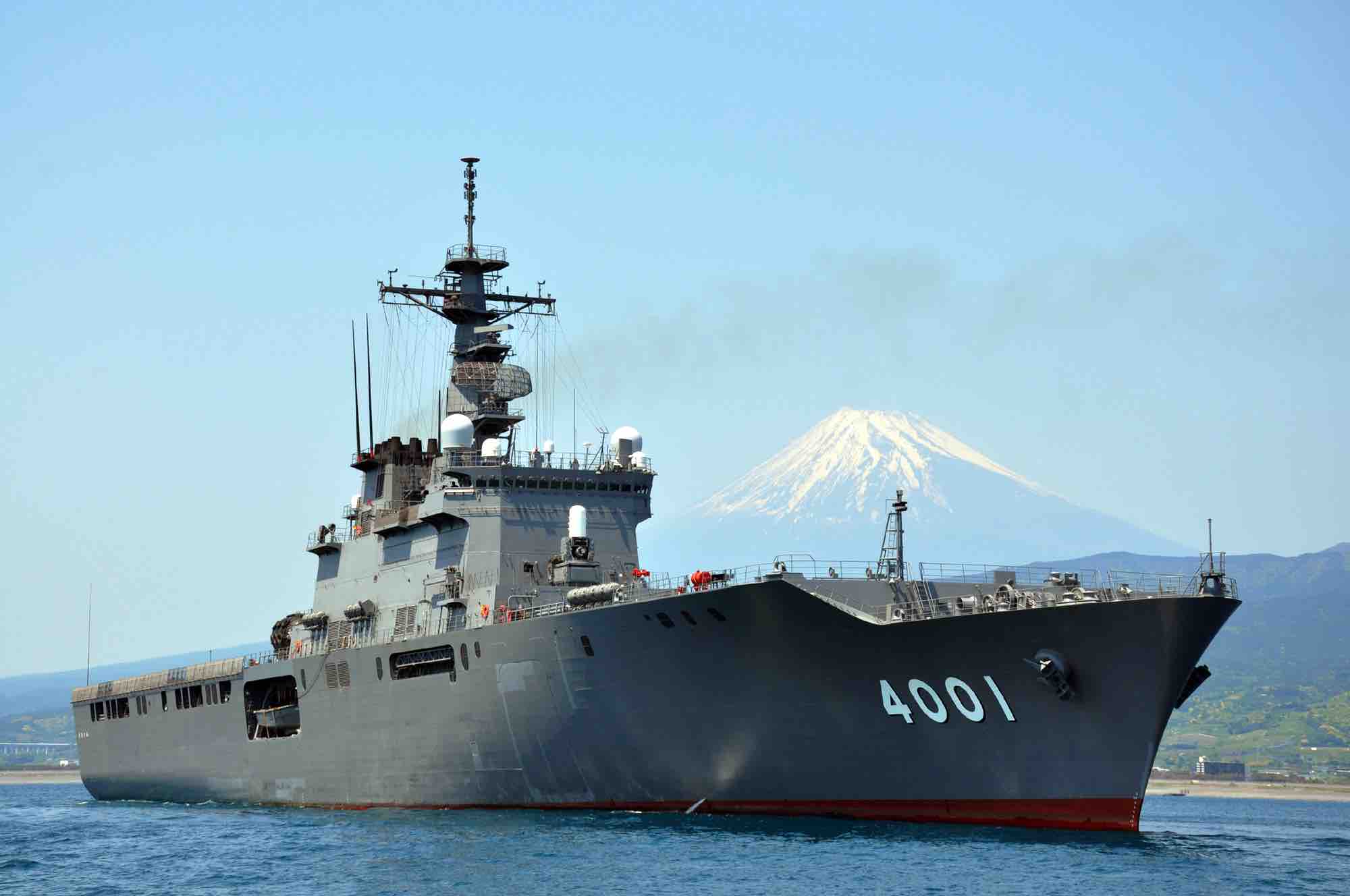
Comments